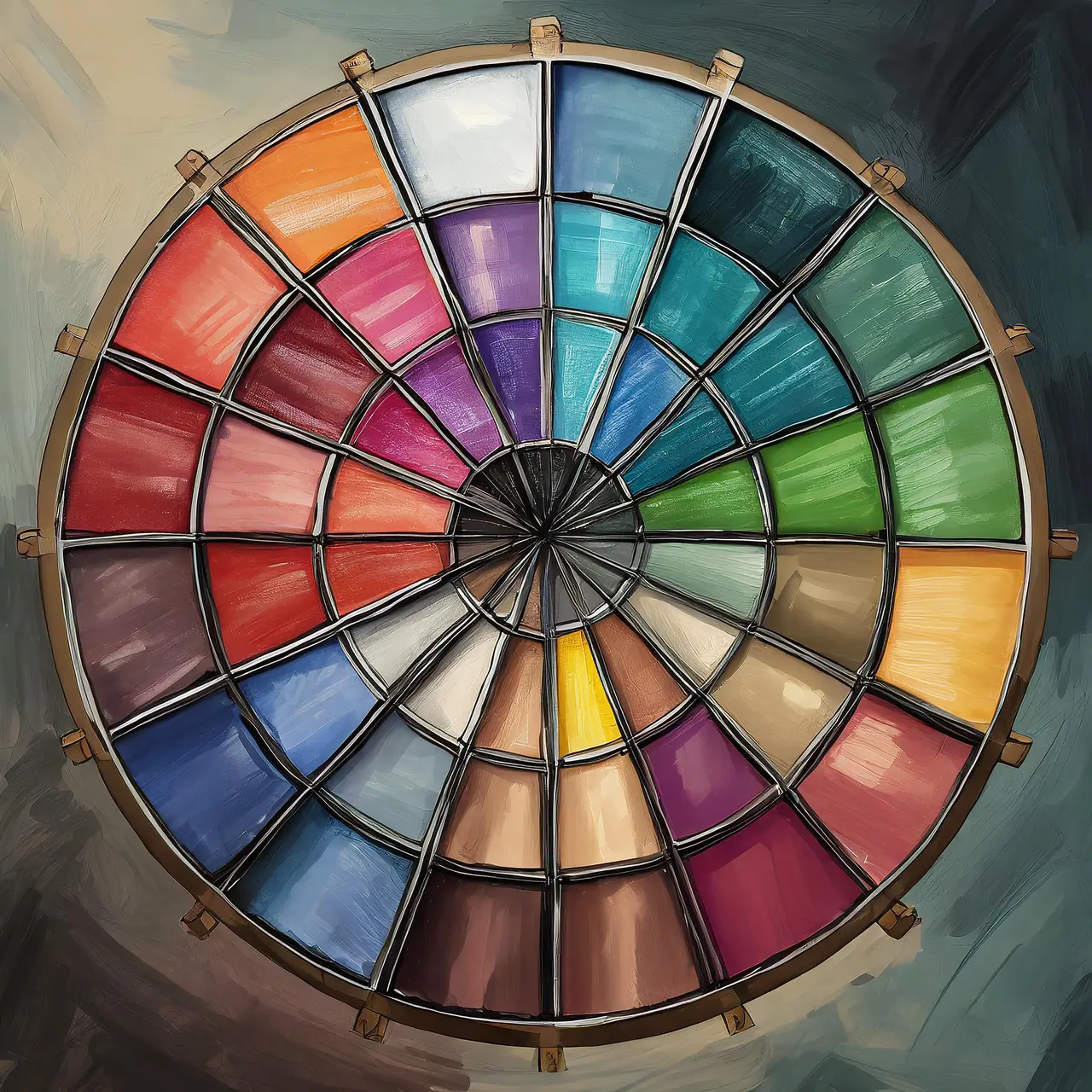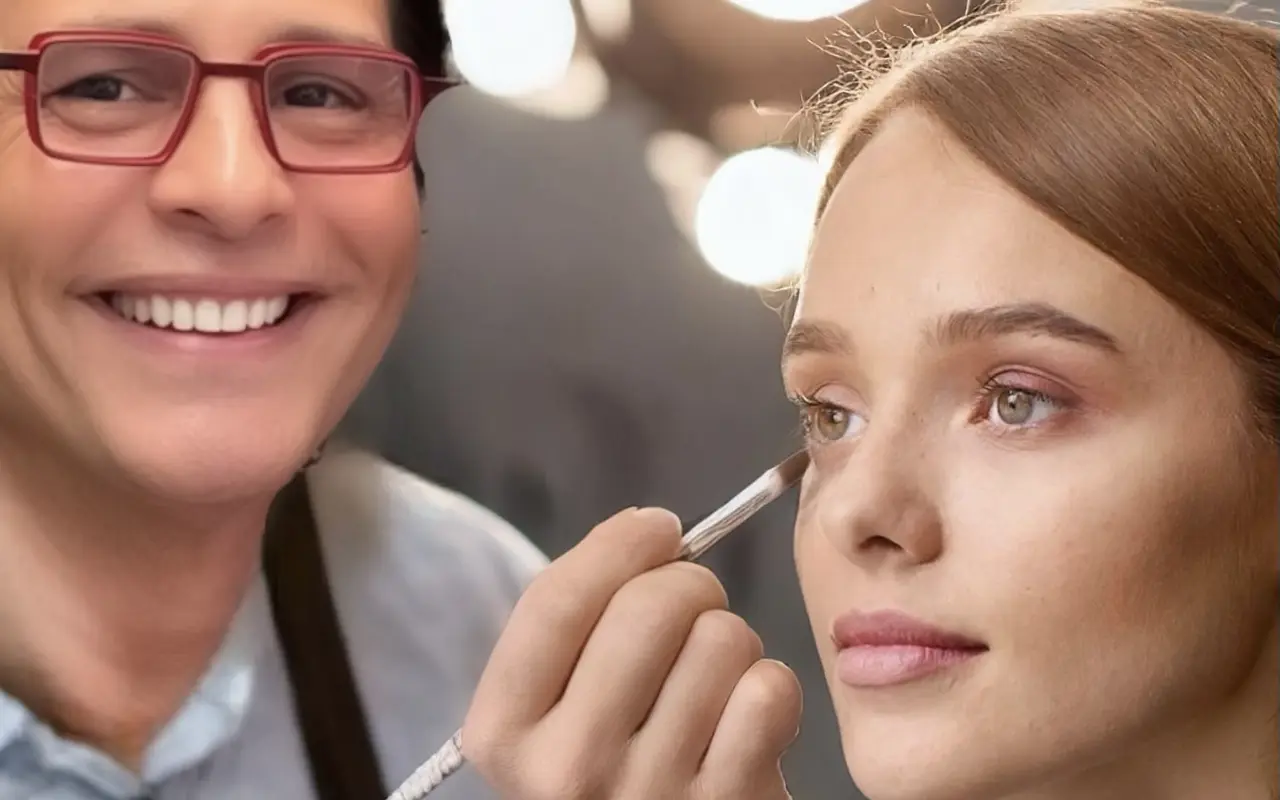What Are the Basics of Color Theory Makeup for Beginners?
Understanding Color Theory
Color theory makeup is the use of colors to create stunning makeup looks. Understanding color theory involves knowing how different colors interact and complement each other on the face. It’s the foundation of any makeup artistry.
By grasping color theory basics, beginners can learn to mix and match colors effectively, enhancing their features and expressing their creativity through makeup. It’s like painting on a canvas, but the canvas is your face!
The color wheel is a fundamental tool in color theory makeup. It consists of primary, secondary, and tertiary colors arranged in a circle. Learning how these colors relate helps in creating harmonious makeup looks.
Color temperature, intensity, and complementary colors are key concepts in color theory for makeup. Warm tones like reds and oranges bring energy, while cool tones like blues and purples provide a calming effect. Understanding these aspects is crucial for a balanced makeup palette.
Color theory in makeup is not just about applying color randomly; it’s about strategically selecting shades that work best with your skin tone, eye color, and overall look. It’s like an art form where the face becomes the canvas for beautiful compositions.
Understanding the basics of color theory empowers makeup enthusiasts to play with various shades, textures, and finishes confidently. It opens up a world of creative possibilities, allowing for endless makeup experimentation and artistic expression.
As beginners delve into color theory makeup, they discover the magic of color combinations and how different hues can enhance or alter their facial features. It’s a journey of self-discovery through the transformative power of makeup.
Experimenting with color theory in makeup is like entering a vibrant playground where every hue is a new adventure. It’s about exploring the impact of colors on mood, perception, and self-confidence, one brushstroke at a time.
Color Wheel Basics
The color wheel is a visual representation of color relationships and is an essential tool for makeup artists and beginners alike. It helps in understanding which colors work harmoniously together and which ones create contrast.
Primary colors, such as red, blue, and yellow, form the basis of the color wheel. They cannot be created by mixing other colors. Secondary colors result from mixing primary colors, while tertiary colors are a mix of primary and secondary colors.
Complementary colors, positioned opposite each other on the color wheel, create dynamic contrast when used together. This contrast adds vibrancy to makeup looks and can make features pop.
Analogous colors, found next to each other on the color wheel, create a more subtle and harmonious effect when combined in makeup. They are often used for creating soft, blended looks that are pleasing to the eye.
Triadic colors, equidistant on the color wheel, offer a balanced yet vibrant color scheme for makeup. Using these three colors in varying proportions can lead to striking and visually appealing makeup creations.
Skin Tone Considerations
Skin tone plays a pivotal role in color theory makeup. Understanding your skin’s undertones—whether they are warm, cool, or neutral—helps in selecting the most flattering makeup shades.
For warm undertones, earthy tones like peach, golden, and warm browns are complementary. Cool undertones are enhanced by shades like pink, blue-based reds, and cool purples. Neutral undertones have the flexibility to pull off a wide range of colors.
Matching foundation and concealer to your skin tone is the first step in creating a seamless makeup look. Your skin’s undertones guide the selection of blush, eyeshadow, and lipstick colors that will enhance your natural beauty.
Harmonizing Colors
Harmonizing colors in makeup is about creating a unified and balanced look. By blending shades that complement each other, you can achieve a cohesive makeup style that enhances your features.
Using a color scheme that fits your eye color, skin tone, and the occasion is essential for harmonizing your makeup. Whether you opt for monochromatic, complementary, or analogous colors, the goal is to create a visually pleasing result.
Translating color harmony into makeup involves understanding the impact of different color combinations on the overall aesthetic. Experimenting with blending techniques and placement can elevate your makeup game to a whole new level.
Balancing bold and neutral tones is another aspect of harmonizing colors in makeup. By strategically incorporating pops of color alongside more subdued shades, you can create a look that is both eye-catching and sophisticated.
Creating Makeup Looks
Creating makeup looks is a delightful journey where color theory comes to life on the face. From everyday natural looks to bold and artistic creations, the possibilities are endless when you understand how to play with colors.
As beginners delve into the world of makeup artistry, experimenting with different color combinations and techniques becomes a source of joy and self-expression. Each look tells a unique story through the language of colors.
Makeup is not just about enhancing beauty; it’s a form of art that allows you to express your mood, personality, and creativity. Knowing the basics of color theory equips you with the tools to paint your own masterpiece on a blank canvas.
From soft and romantic makeup to bold and avant-garde designs, the art of makeup offers endless opportunities to explore your artistic side. Embracing color theory enables you to break boundaries and create looks that inspire and captivate.
When you unlock the secrets of color theory in makeup, you unlock a world of endless creativity. It’s a journey filled with experimentation, discovery, and the transformative power of color. So, grab your brushes and let your imagination run wild!




